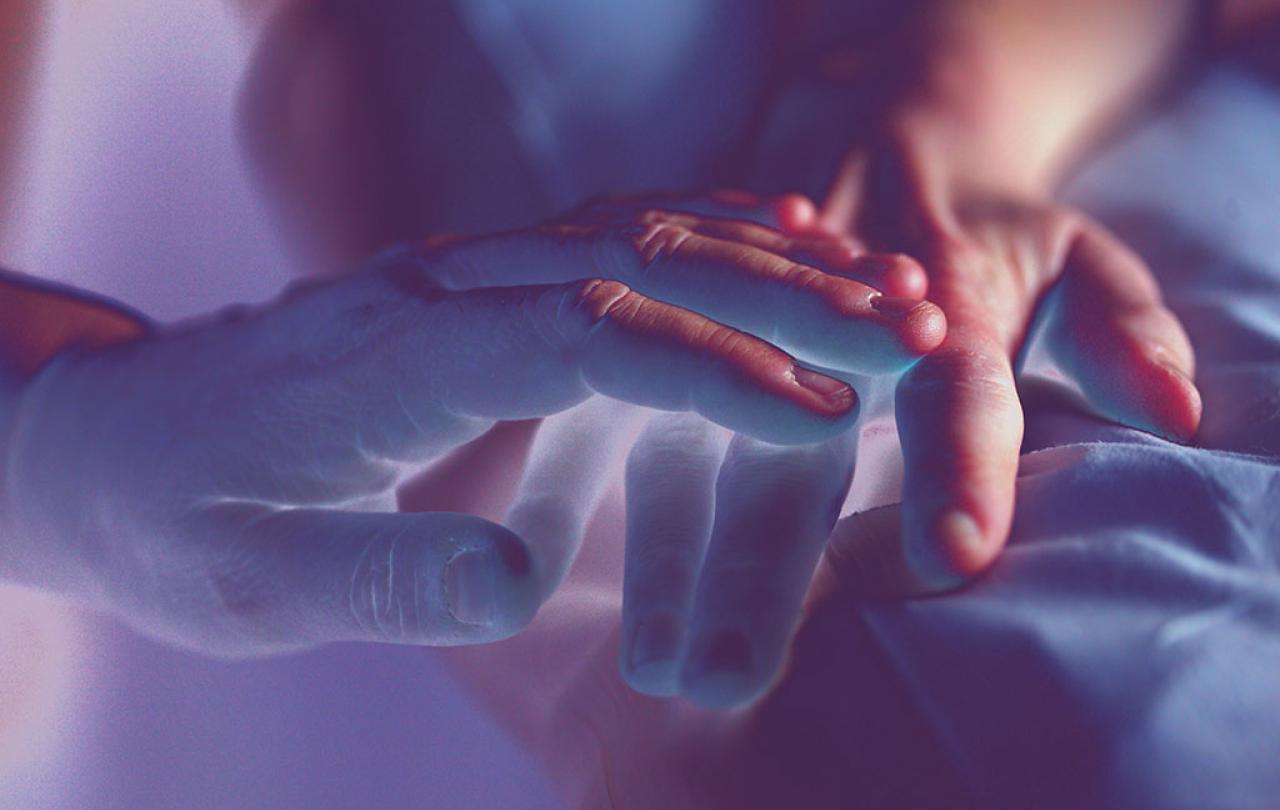
I hesitate to have a pop at the venerable Guardian columnist Polly Toynbee, partly because I like and admire her work. And partly, in this new media environment in which my enemy’s friend is my troll, I fear aligning myself with foam-flecked righties who use words like “Guardianista” and “wokerati”.
But she wrote a column late last week about assisted suicide that was just plain wrong. And, actually, I think she’s being profoundly illiberal on the subject, for reasons I’ll explain in a moment.
Assisted suicide – voluntary euthanasia, assisted dying, call it what you will – was a hobby horse of mine some 15 years ago when I wrote a book against it. Slightly more recently, Toynbee and I were on a broadcast interview together on an entirely unrelated subject when, to the bemusement of the presenter, she suddenly raised assisted dying to have a go at me. It was quite flattering.
Anyway, last week’s Toynbee column was of a kind, dismissing the anti-euthanasia case as the province of religious nutcases (presumably like me). Consider this massive straw man of a sentence: “Only God can decide how long we should suffer before death comes at a time of his pitiless whim, they say.”
I’m used to this, though not from Toynbee. Debating assisted suicide, it’s only a matter of minutes before someone will say that I shouldn’t impose my “sanctity of life” beliefs on other people. Eh? I’ve never used that phrase in this context (whatever it may mean). In fact, my views on assisted suicide are entirely secular, though informed by a faith that respects the primacy of compassion for and defence of the most vulnerable in our society.
I believe that a jurisdiction that enshrines in its legislature the principle that some lives are more worth living than others takes us into very dangerous moral territory. Related to that, a two-tier structure for the value of human life in the medical professions is abhorrent. That’s why I say that to despatch the weakest and most vulnerable among us is unacceptably illiberal.
The terminally ill, the disabled, the profoundly depressed and the aged and vulnerable really shouldn’t be treated as a nuisance to be helped on their way.
A bill will come back to parliament to change the law to allow assisted suicide this autumn. With new PM Keir Starmer in favour and a very different configuration of the House of Commons post-election, its chances of passing are said to be high.
But even Lord Falconer, the parliamentary poster-boy for assisted suicide, who convened a ludicrous “independent” commission in 2012 stuffed with euthanasia enthusiasts and useful idiots, has accepted that no so-called safeguards can entirely ensure that no lives will be lost to malfeasance or malpractice.
So, my question to Falconer and Toynbee is this: How many unnecessary lives lost to assisted suicide is enough to have what you want? 100? 50? One? Another number?
It’s commonplace for deeply distressing accounts of agonising deaths to be rehearsed in support of assisted suicide. Toynbee did so last week. But as Falconer must (or should) know, hard cases make bad law. The only focus here should be on how best to ensure that no one need die a bad death.
For Falconer and his supporters the solution is to legislate so that terminally ill patients can be helped to kill themselves. But speaking to end-of-life medical professionals, such as Baroness Finlay of Llandaff, many of whom claim that advances now mean that bad deaths are vanishingly few, it’s clear that the UK’s world-leading palliative care has in sight the day when no one need die a bad death.
That’s no comfort to someone who is suffering at the end of their life right now. But assisted suicide puts that palliative care target in jeopardy, when it makes death a form of medical treatment. Look at the record – the Netherlands now allows assisted suicide for those who are simply “tired of life”. That’s not where end-of-life care should go.
The burden of proof under the Suicide Act (1961) lies with the defendant, who currently faces a maximum jail sentence of 14 years for assisting or encouraging a suicide. Those who have demonstrated that they have acted with compassion and consent have in turn been treated with compassion and leniency in the application of the law. Invert that burden of proof, with the Crown needing to prove that an unscrupulous relative or friend coerced a victim into suicide, and we’re into a fresh hell of moral jeopardy.
The law works as it stands. The terminally ill, the disabled, the profoundly depressed and the aged and vulnerable really shouldn’t be treated as a nuisance to be helped on their way. Again, as we might expect Toynbee to know, that is wholly illiberal.
It looks like the assisted suicide lobby will get what they want this year. It will be hailed as a great liberal social reform. Doubtless they will find it in their hearts to forgive me if I continue to demur.

